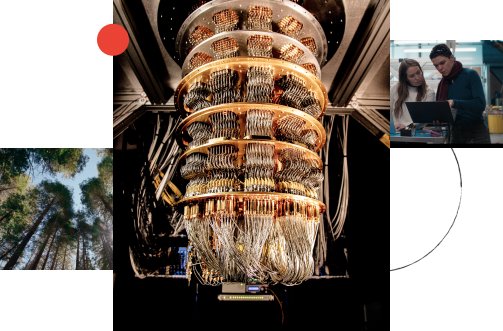The Strongish Planted Clique Hypothesis and Its Applications
Abstract
We formulate a new hardness assumption, the Strongish Planted Clique Hypothesis (SPCH), which postulates that any algorithm for planted clique must run in time n^Ω(log n) (so that the state-of-the-art runtime of n^O(log n) is optimal up to a constant in the exponent).
We provide two sets of applications of the new hypothesis. First, we show that SPCH implies (nearly) tight inapproximability results for the following well-studied problems in terms of the parameter k: Densest k-Subgraph, Smallest k-Edge Subgraph, Densest k-Subhypergraph, Steiner k-Forest, Directed Steiner Network with k terminal pairs. For example, we show, under SPCH, that no polynomial time algorithm achieves o(k)-approximation for Densest k-Subgraph. This improves upon the previous best inapproximability ratio k^o(1) from (Chalermsook et al., FOCS 2017). Furthermore, our lower bounds hold even against fixed-parameter tractable (FPT) algorithms with parameter k.
Our second application focuses on the complexity of graph pattern detection. For both induced and non-induced graph pattern detection, we prove hardness results under SPCH, which improve the running time lower bounds obtained by (Dalirrooyfard et al., STOC 2019) under ETH.
We provide two sets of applications of the new hypothesis. First, we show that SPCH implies (nearly) tight inapproximability results for the following well-studied problems in terms of the parameter k: Densest k-Subgraph, Smallest k-Edge Subgraph, Densest k-Subhypergraph, Steiner k-Forest, Directed Steiner Network with k terminal pairs. For example, we show, under SPCH, that no polynomial time algorithm achieves o(k)-approximation for Densest k-Subgraph. This improves upon the previous best inapproximability ratio k^o(1) from (Chalermsook et al., FOCS 2017). Furthermore, our lower bounds hold even against fixed-parameter tractable (FPT) algorithms with parameter k.
Our second application focuses on the complexity of graph pattern detection. For both induced and non-induced graph pattern detection, we prove hardness results under SPCH, which improve the running time lower bounds obtained by (Dalirrooyfard et al., STOC 2019) under ETH.
